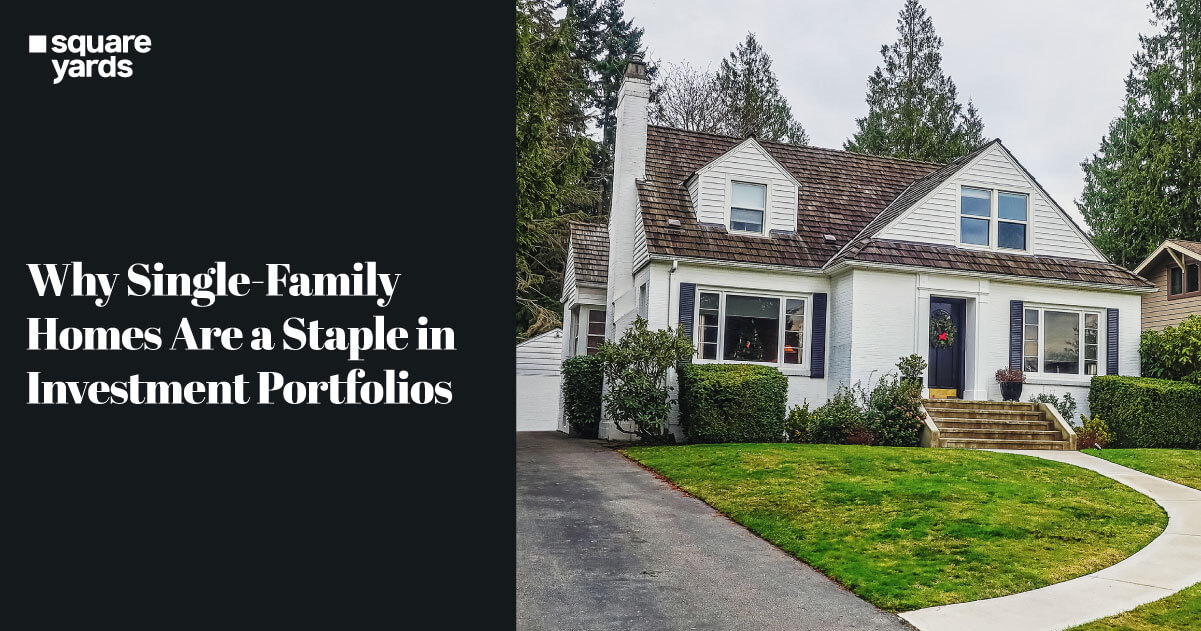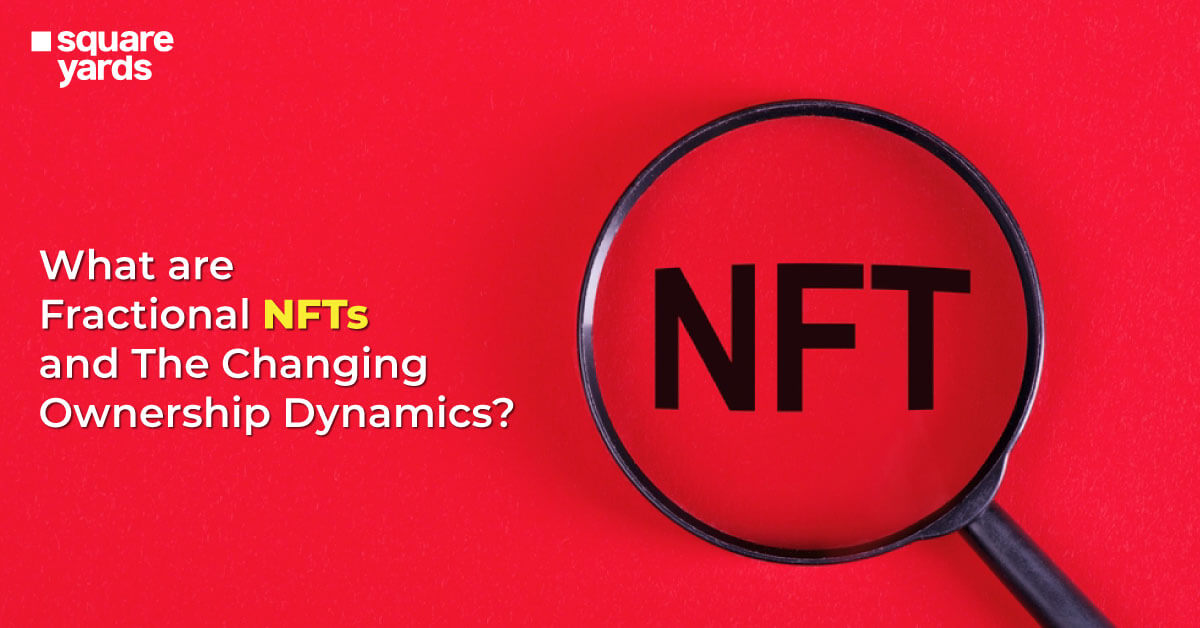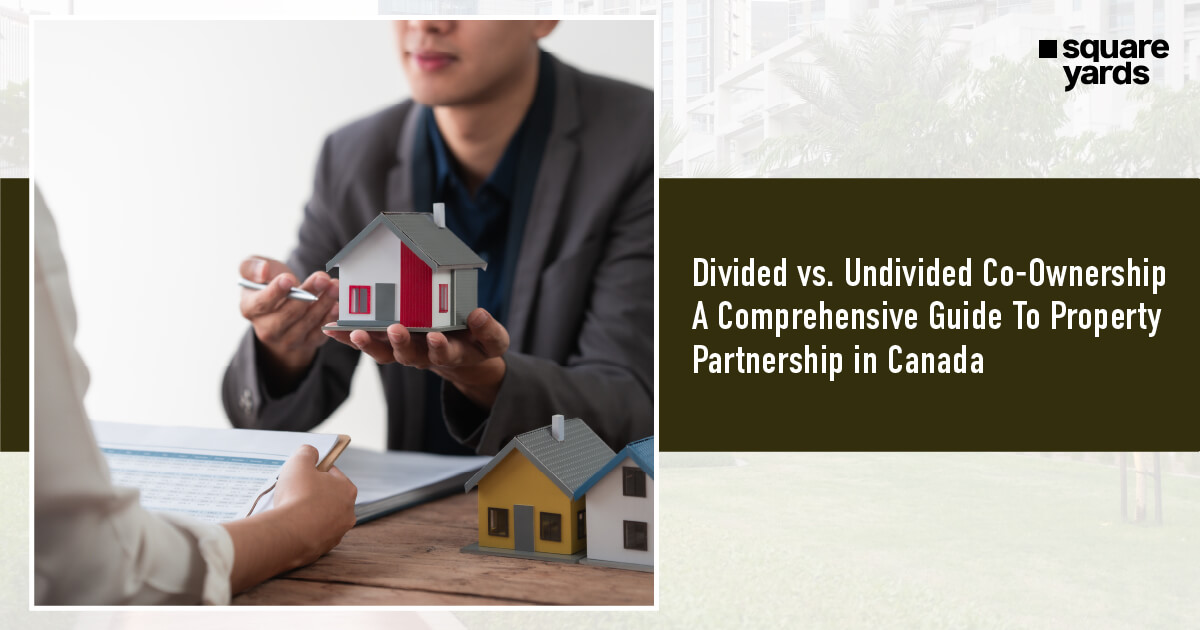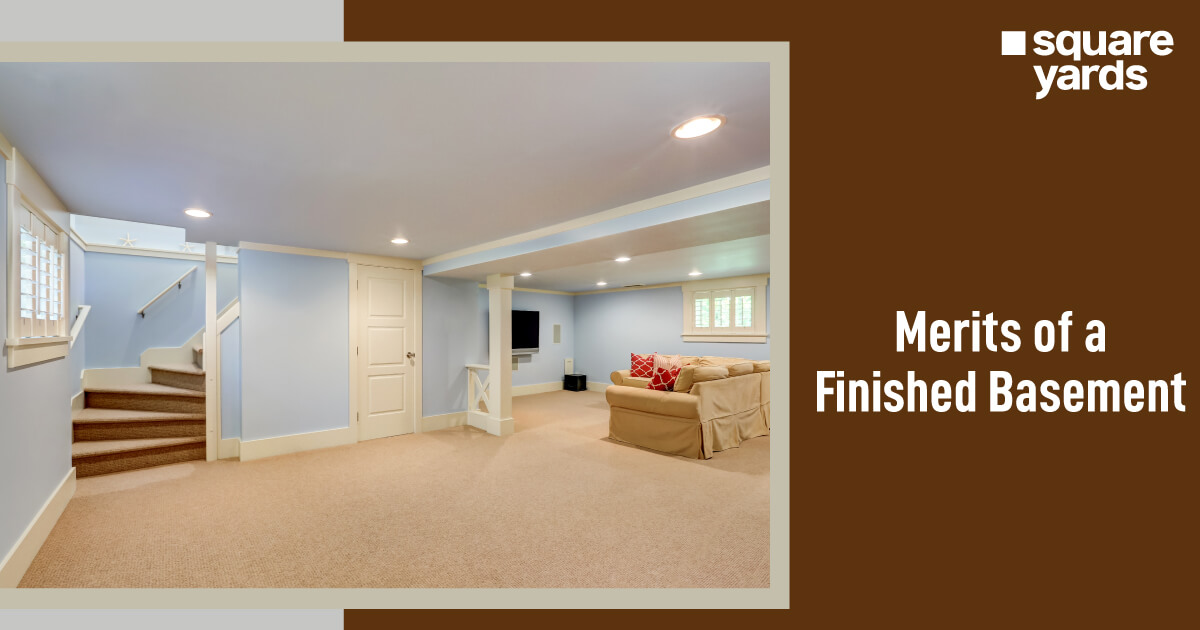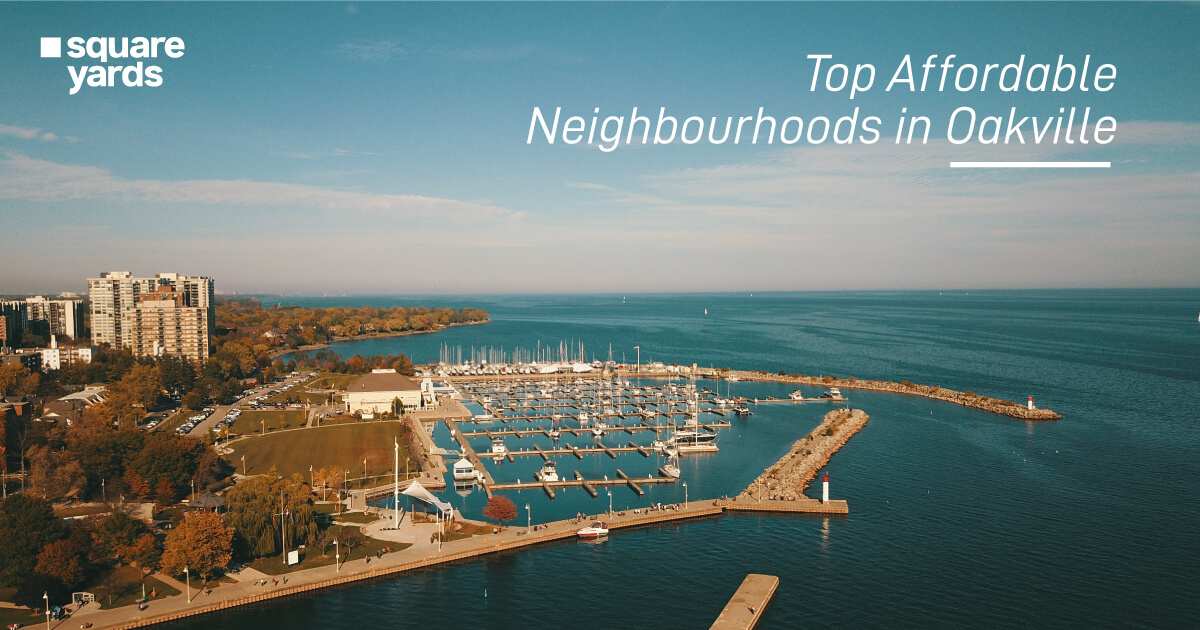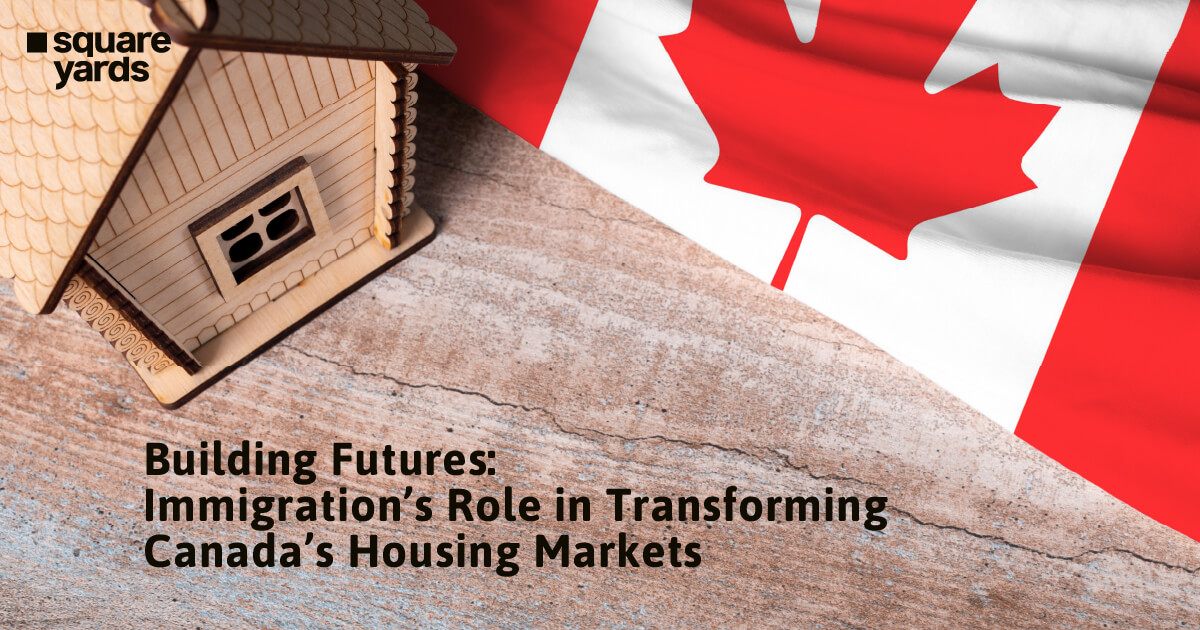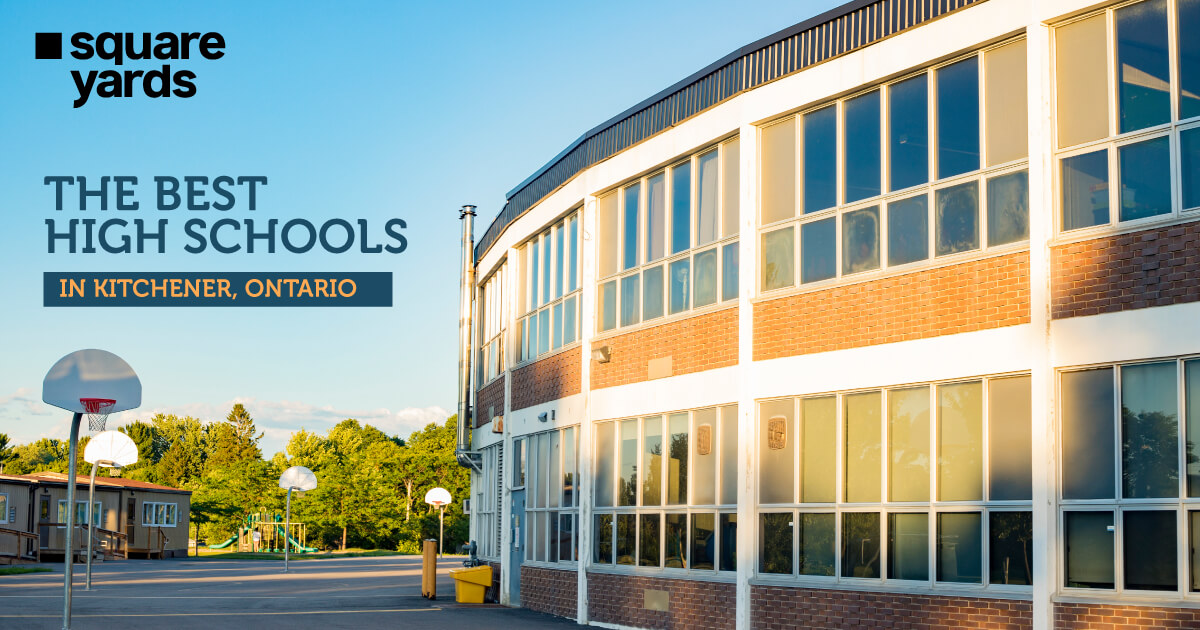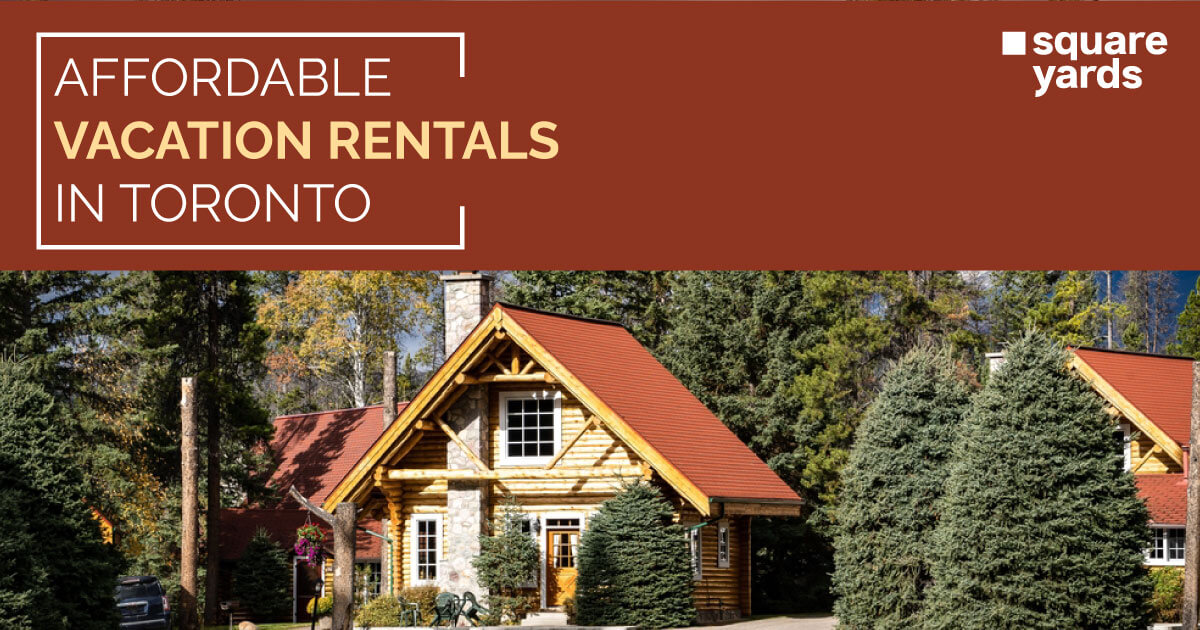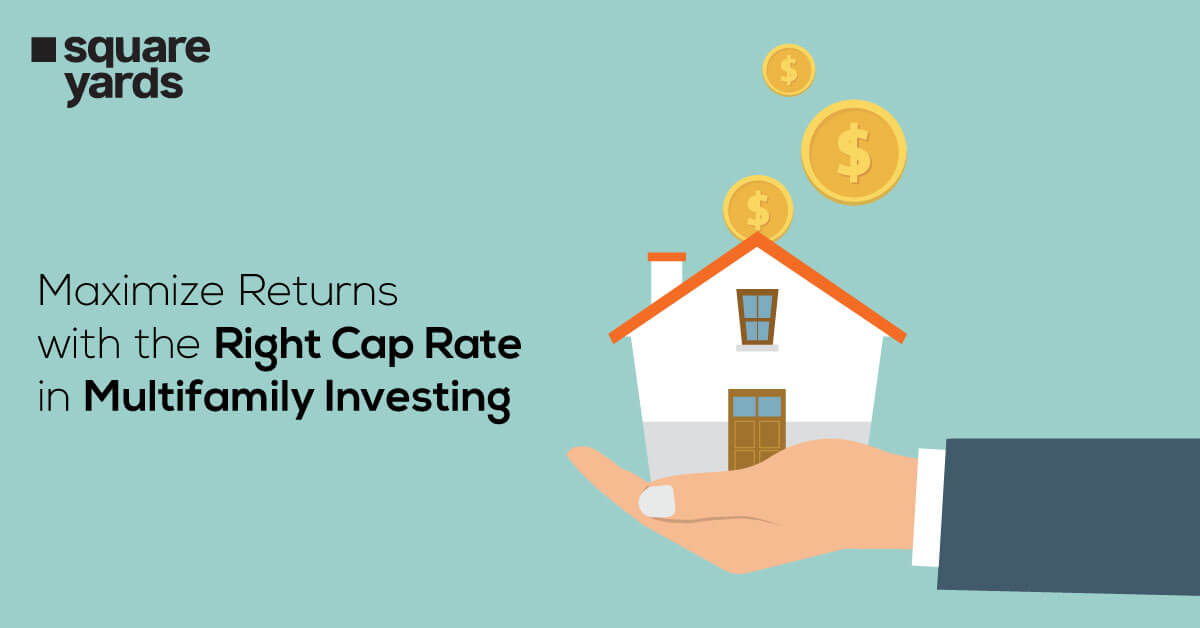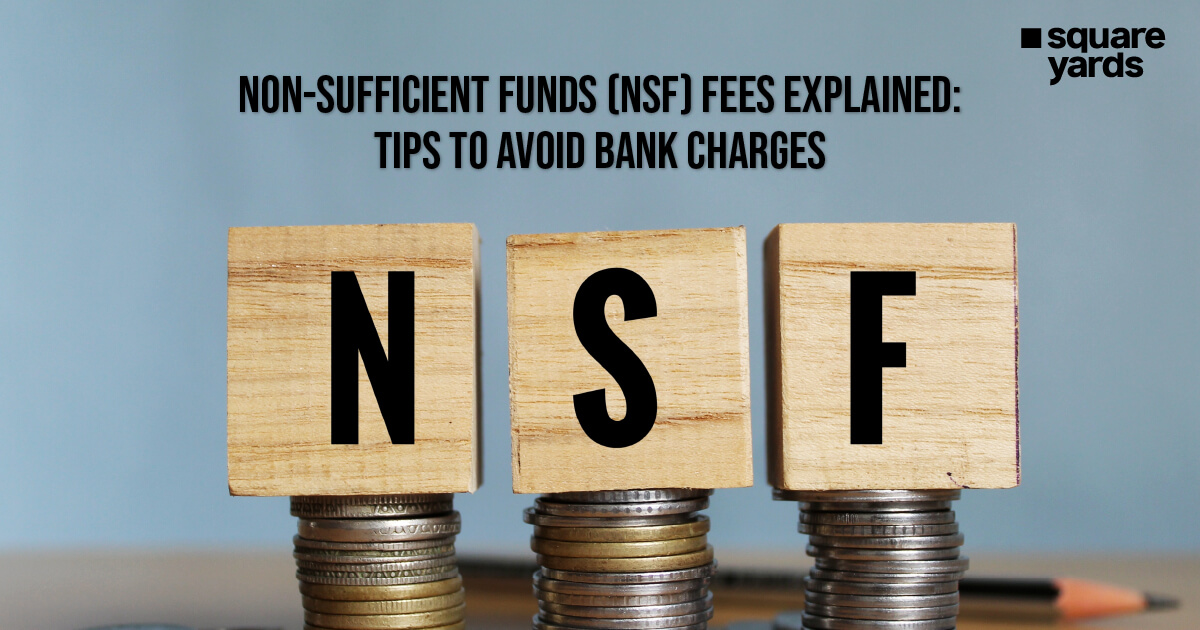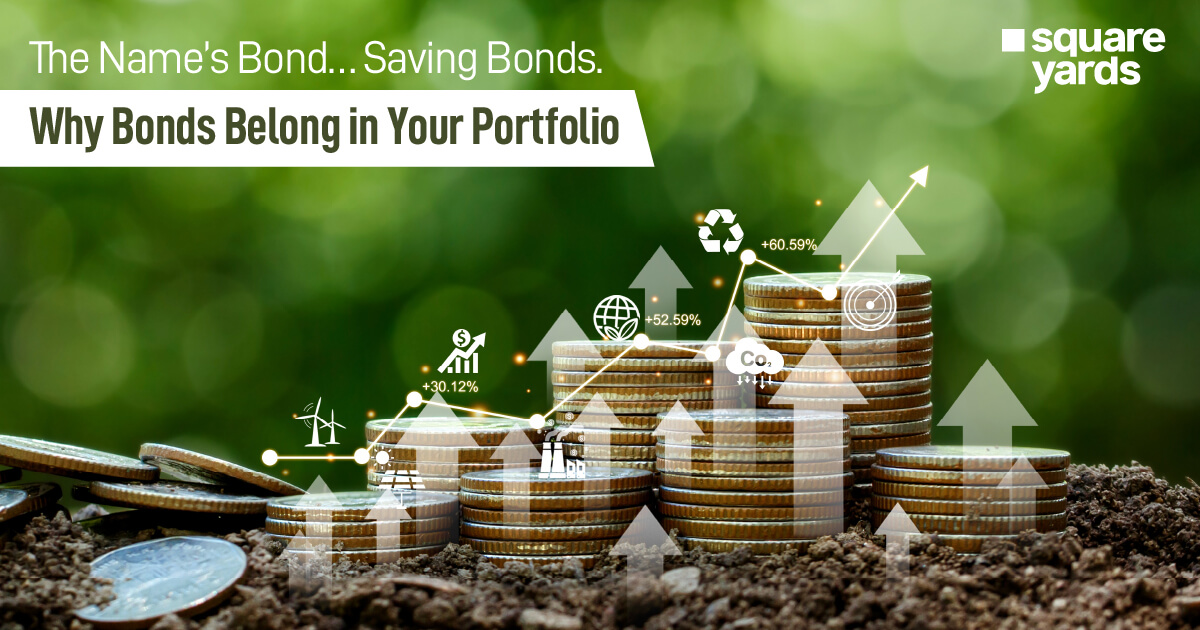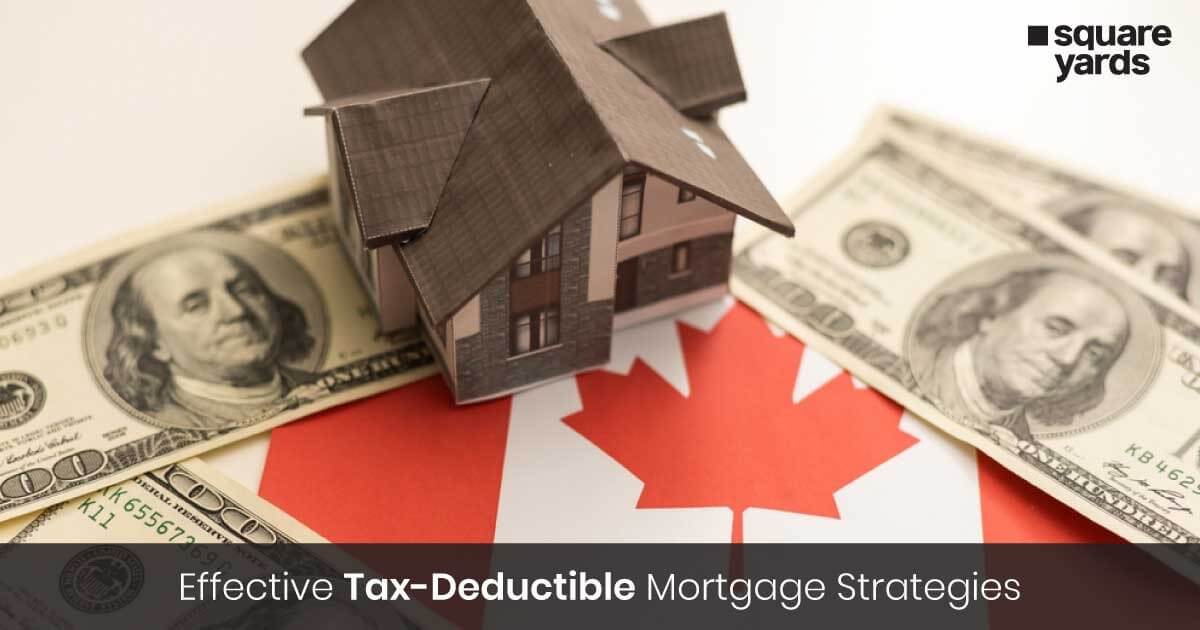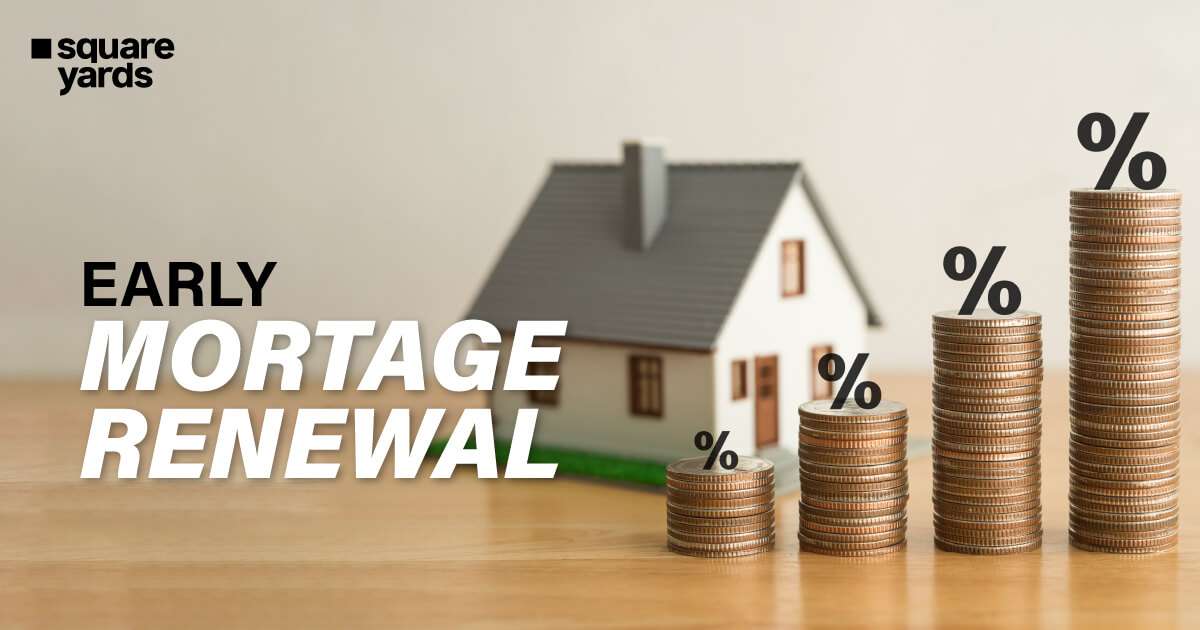Diving into the world of investments in single-family homes can be both exhilarating and daunting. Whether you’re a seasoned investor eyeing your next acquisition or a newcomer keen on building a solid portfolio, understanding the nuances of this market is key. The following blog aims to guide you through the intricacies of single-family real estate investments, offering actionable tips to enhance your decision-making process. From spotting undervalued gems to navigating financial planning, we’ve got insights tailored to elevate your investment journey. Join us as we explore the pathways to not just surviving but thriving when you invest in single family homes.
Understanding Single-Family Detached Homes
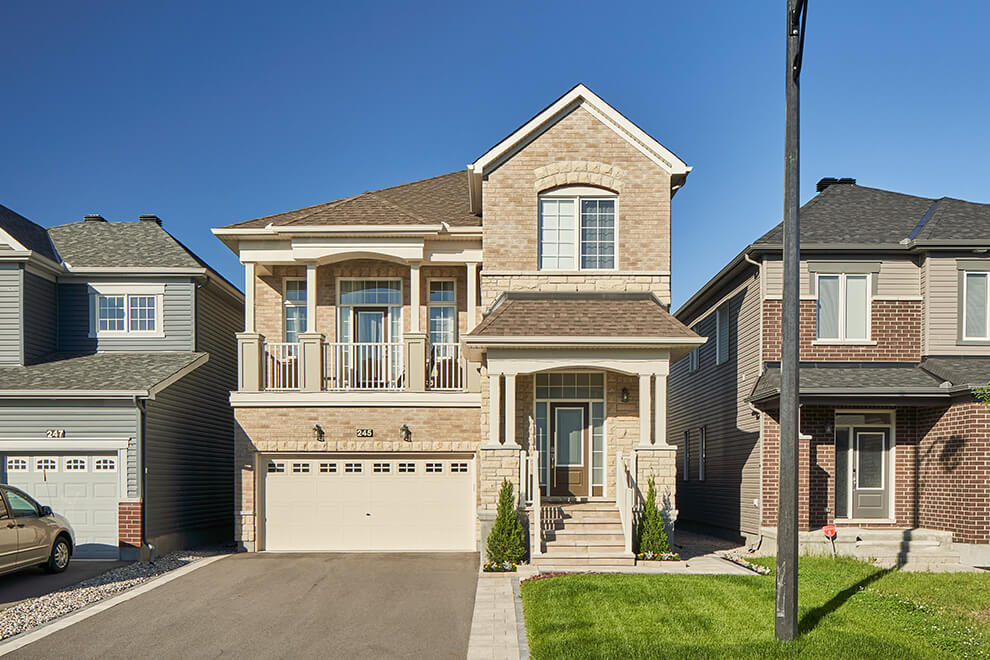
Multi-family real estate investing is different from when you invest in single family homes. A single-family detached home is a property featuring a single dwelling unit intended to house just one family or household. These homes are characterised by their standalone structure, without shared walls with neighbouring buildings. Typically, a single-family home includes one kitchen and a singular set of utilities, catering exclusively to the needs of a single household. Inside, a single-family detached home is equipped with all the necessary amenities to support the day-to-day life of a household. This typically includes one kitchen, which serves as the central area for preparing and cooking meals, and a complete set of utilities, including electrical, plumbing, and heating systems, that are not shared with any other residence.
The layout might also feature multiple bedrooms, bathrooms, living areas, and often dedicated spaces like a dining room, laundry room, and possibly a basement or attic for additional storage or living space. On the outside, single-family homes often include a private yard or garden, providing personal outdoor space for recreation, gardening, or relaxation. In contrast, multi-family real estate investing involves properties where multiple units are housed within a single building and share a common infrastructure. Single-family homes offer greater privacy and autonomy. Multi-family units like duplexes, triplexes, and apartment complexes are designed to accommodate several families in separate living units within one building, sharing common areas such as hallways, staircases, and sometimes amenities like laundry rooms and outdoor spaces.
Across the market, people invest in single family homes for the privacy they offer. They provide a certain sort of ownership. Such homes are also easy to personalise and expand. They can be part of a community with shared amenities like parks, pools, and clubhouses or be located on individual plots without any association or additional communal facilities. The choice between a single-family home and a multi-family dwelling often comes down to personal preferences, lifestyle needs, and financial considerations.
Scope Of The Single-Family Property Market
Investors buying single-family homes should know that single-family homes play a significant role in the nation’s overall housing ecosystem. Single-family homes, characterised by their detached nature and exclusive occupancy, form a substantial chunk of residential properties across the country. These homes vary widely in design, size, and price, catering to a broad spectrum of preferences, from urban centres to suburban neighbourhoods and rural areas.
The diversity within the single-family home market in Canada is vast, with options ranging from modest, single-story bungalows to large, multi-story estates. This variety accommodates the Canadian populace’s varying needs, budgets, and tastes, making single-family homes a popular choice for many. The market’s breadth reflects the country’s diverse geography and demographics, with certain regions favouring particular styles and types of single-family homes due to climate, cultural influences, and economic conditions.
The economic impact of the single-family home market in Canada is profound, even more so than multi-family real estate investing in comparison. The development of new single-family homes drives demand for a wide array of services, from architecture and design to construction, landscaping, and interior decoration. Furthermore, the resale market for single-family homes is a dynamic segment of the real estate industry, with transactions involving these properties playing a crucial role in the overall health and activity of Canada’s housing market.
Policymakers and urban planners closely monitor the single-family home market, which has significant implications for urban development, infrastructure planning, and housing policies. The demand for single-family homes can influence land use decisions, transportation planning, and community services, highlighting the market’s interconnectedness with broader societal and economic considerations.
Advantages of Single-Family Real Estate Investments
Below are some benefits highlighting why you should invest in single family homes. These investments provide financial stability and flexibility for investors.
-
Reduced Purchase Price

Single-family homes can be more affordable than other types of properties. Thanks to their friendly financing, you can grab the keys to your place with just a little down payment and an even smaller interest rate. It’s like snagging the best deal in town—easier on your wallet and a breeze to get started. The down payment for angel town-family homes is usually 10 to 20% of the usual down payments.
-
Accelerated Value Growth
With everyone dreaming of their own cosy space, single-family homes are always in high demand. This means they often increase in value quicker than other types of properties. This makes them a very positive investment.
-
Opportunity for Substantial Profits
Besides increasing value, single-family rentals can also bring in regular rental income. So they not only grow in value, they also fill your piggy banks with rental income. This rental income helps keep your cash flow glowing positively and keeps your spending lower than your earnings.
-
Reduced Tenant Changes
One of the perks of investing in a single-family home is enjoying less tenant turnover. People in single-family homes usually stay longer compared to those in cheaper apartments, leading to fewer empty periods and more stable rental income.
-
Decreased Property Taxes
When you invest in single family homes, the property tax is considerably lower. Since these properties usually see longer tenant stays compared to cheaper apartments, it leads to fewer vacancies and more consistent income, which can positively affect the overall tax implications.
-
Reduced Management Costs
One advantage of investing in single-family homes is lower management costs. With just one unit to look after and tenants who tend to stay longer, these properties are simpler to manage, particularly with reliable tenants, leading to fewer headaches and expenses.
-
Reliable and Safe Investment Choice
Another benefit of investing in single-family homes is their stability and security. With consistent demand, these homes generally hold their resale value well. Unlike stocks, single-family homes offer a more steady investment with less volatility and more predictable outcomes.
Drawbacks of Single-Family Real Estate
While the allure of single-family homes is undeniable, it’s not all sunshine and rainbows. Investors buying single-family homes must know there are also many challenges and downsides to investing in the market. Some of them are highlighted below:
-
Challenges in Finding Investment Opportunities
One challenge when you invest in single family homes is the difficulty of finding good deals. The lucrative nature of these investments often leads to stiff competition, meaning you have to move quickly to secure a property before another investor snaps it up. However, joining a single-family rental fund managed by seasoned investors can provide a smoother path to accessing promising opportunities.
-
Vacancies Hurt more
Another notable drawback when you invest in single family homes is the impact of vacancies. With only one unit to rent out, an empty house means zero rental income, unlike multi-family properties where other units can still bring in money. This lack of tenant diversification makes each vacancy potentially costly, particularly if it lasts a while. Spreading your investment across multiple single-family homes could be a strategic move to mitigate this risk.
-
Reduced Earnings from Rent
Investing in single-family homes brings a typically lower rental income as compared to multi-family real estate investing. However, it’s worth noting that single-family homes often have lower purchase prices too. So, while the monthly income might be less, the return on investment (ROI) can still be quite attractive, matching or even surpassing that of multi-family investments in some cases.
-
Potential HOA Dues
Another potential drawback of investing in single-family homes is the possible homeowners association (HOA) fees. If the property is part of a community with an HOA, these fees can increase your monthly expenses, potentially reducing your profit margins.
-
Actual Profits Are Delayed
A key consideration in single-family home investments is the time it takes to see substantial returns. Primarily a long-term venture, the most significant gains often come from property appreciation over time rather than immediate rental income. While flipping distressed properties offers quicker profit potential, it carries the risk of market downturns. Patience is crucial, as the most rewarding investments in single-family real estate typically unfold gradually.
From Purchase To Profit
So we see that investing in single-family homes offers a solid opportunity for growth and steady income despite facing challenges such as competition and extra costs like HOA fees. On the other hand, multi-family real estate investing also presents a lucrative path with potentially higher income streams but comes with its own set of hurdles, including larger initial investments and more complex management. It’s all about riding the storms and how well you can manage the waves. Balancing the pros and cons, the journey into single-family real estate can be rewarding for those who approach it with a well-informed perspective and a readiness to adapt to the market’s ebbs and flows. Like any adventure, there’s a bit of a thrill in leaping, but make sure you’re covered with the financial prospects along with your financial game plan, dreams, and what makes your heart sing.
More Useful Article for you :
|
Tips of Home Staging |
|
|
Guide To Properties in Alberta |
|
|
All About Canadian Land Transfer Tax |
|
|
Know The Real Estate Bio |
Frequently Asked Questions (FAQs)
Choosing between single-family and multifamily investments depends on your financial goals, risk tolerance, and management preferences. Each has its own unique benefits and challenges. Single-family homes are simpler to manage and buy but offer less cash flow, while multifamily properties can yield higher returns but require more investment and effort to acquire.
The city in Ontario with the largest number of single-family homes typically aligns with the most populous cities with extensive housing developments. As the largest city, Toronto likely has a significant number of single-family homes despite its high density and mix of housing types.
In Ontario, as in the rest of Canada, women account for 49% of all home purchases, making them a significant demographic in the housing market, though not the majority. Is it better to invest in single-family or multifamily?
Which city in Ontario has the largest number of single-family homes?
What gender owns the most homes in Ontario?

